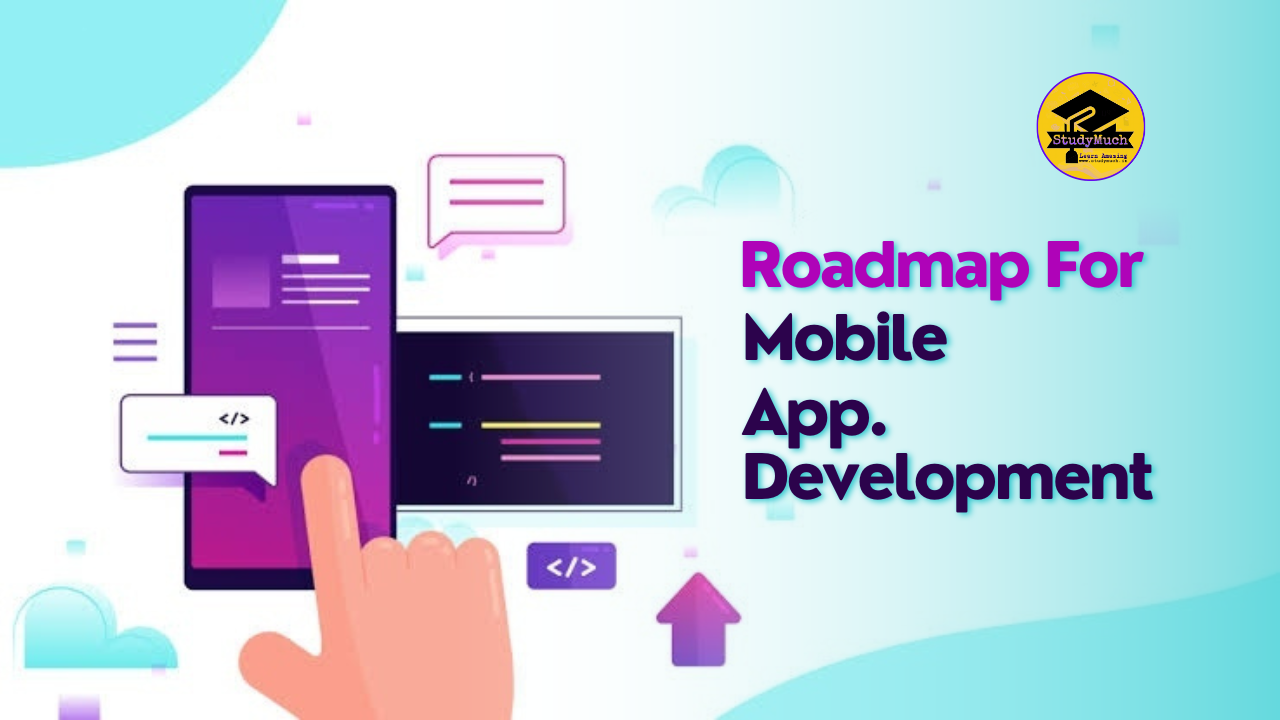Roadmap for App Development

Roadmap for App Development
In today’s fast-paced digital age, the demand for innovative and user-friendly mobile applications is skyrocketing. Whether you are an experienced developer or a startup entrepreneur with a great app idea, it is important to have a well-defined roadmap for successful app development. This roadmap serves as a guide, outlining the journey from concept to deployment. In this blog post, we’ll delve into the intricate details of a comprehensive roadmap for App Development.

Define Your Objectives and Target Audience:
- Define your objectives and target audience:
- Clearly state the purpose of your app.
- Identify your target audience and their needs.
- Set specific, measurable, achievable, relevant, and time-bound (SMART) objectives.
Market Research:
- Analyze competitors and identify market trends.
- Conduct surveys, interviews, and focus groups to collect user feedback.
- Refine your app concept based on the insights gathered.
Conceptualization and Planning:
- Create a detailed project plan outlining tasks, milestones, and timelines.
- Define the app’s features and functionalities.
- Choose the development platforms (iOS, Android, or both).
Wireframing and Prototyping:
- Develop wireframes to visualize the app’s structure and layout.
- Create interactive prototypes for user testing and feedback.
- Iterate based on user input to enhance user experience (UX).
Design:
- Create an attractive and intuitive user interface (UI).
- Ensure a consistent design language across the app.
- Optimize for different screen sizes and resolutions.
Development:
- Choose the appropriate technology stack.
- Follow coding best practices and coding standards.
- Implement features in sprints using an agile development approach.

Testing:
- Conduct rigorous testing, including functional, usability, and performance testing.
- Fix bugs and glitches promptly.
- Perform beta testing with a select group of users.
Deployment:
- Prepare for App Store submission by following the Apple App Store and Google Play Store guidelines.
- Generate attractive app store descriptions and visuals.
- Monitor app’s performance and user reviews after launch.
Post-Launch Support and Updates:
- Address user feedback promptly.
- Release regular updates with new features and bug fixes.
- Stay aware of platform updates and adapt accordingly.
Marketing and Promotion:
- Develop a comprehensive marketing strategy.
- Leverage social media, influencers, and other channels to create awareness.
- Implement user acquisition and retention strategies.
Analytics and Monitoring:
- Integrate analytics tools to track user behaviour and engagement.
- Use data-driven insights to make informed decisions.
- Monitor app performance and resolve any issues immediately.
Future Roadmap:
- Constantly evaluate market trends and user needs.
- Plan for future updates and enhancements.
- Explore possibilities for expansion, partnerships or new features.
Conclusion:
Starting the journey of App Development requires careful planning and implementation. A well-crafted roadmap acts as a compass, guiding developers through the complex terrain of concept, design, development, and beyond. By following this comprehensive roadmap, you not only increase your chances of a successful app launch but also pave the way for long-term success and user satisfaction in a constantly evolving digital landscape.
Learn More;
- Roadmap for Web Development.
- Roadmap for AI Development.

0 Comments